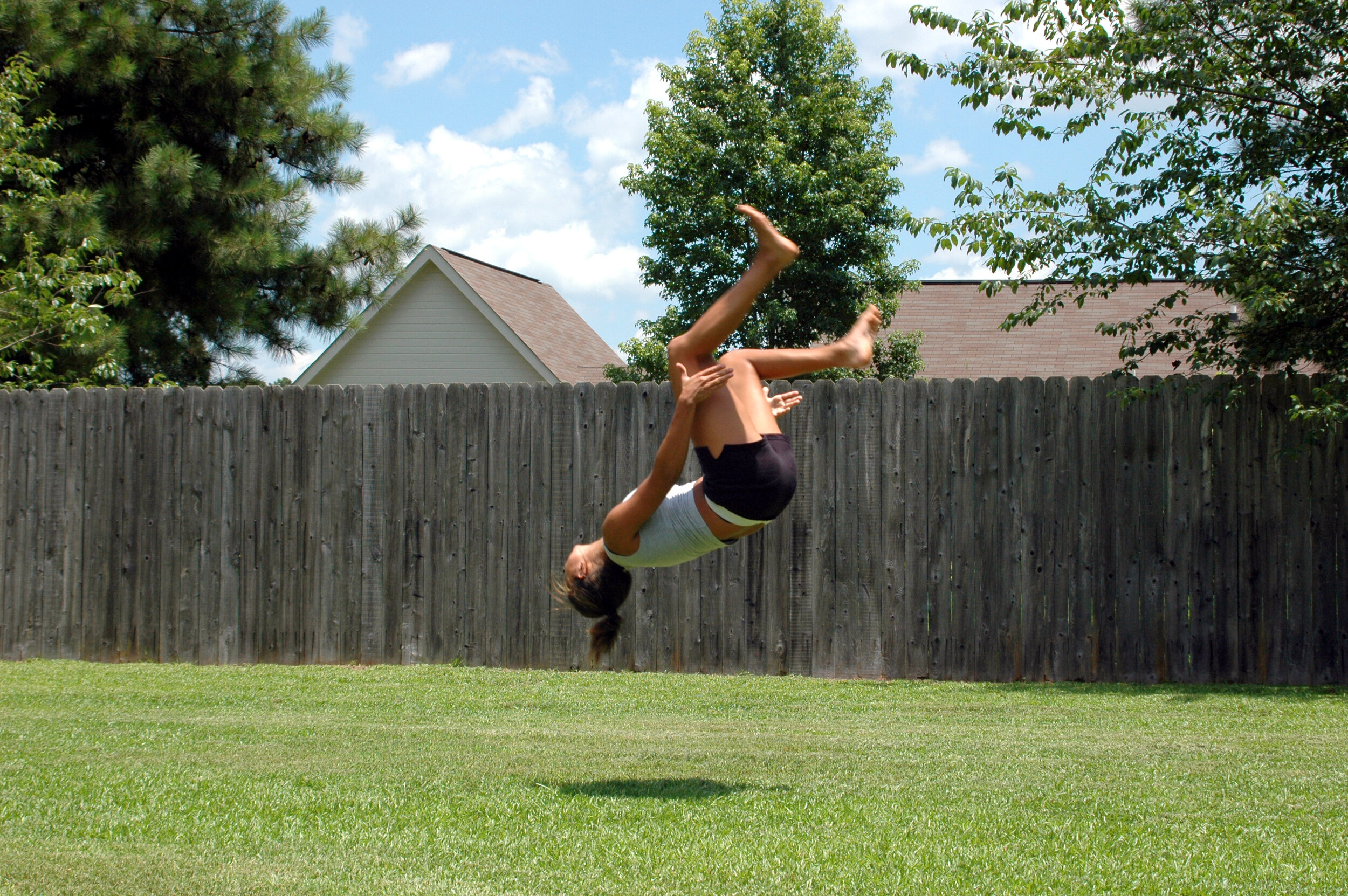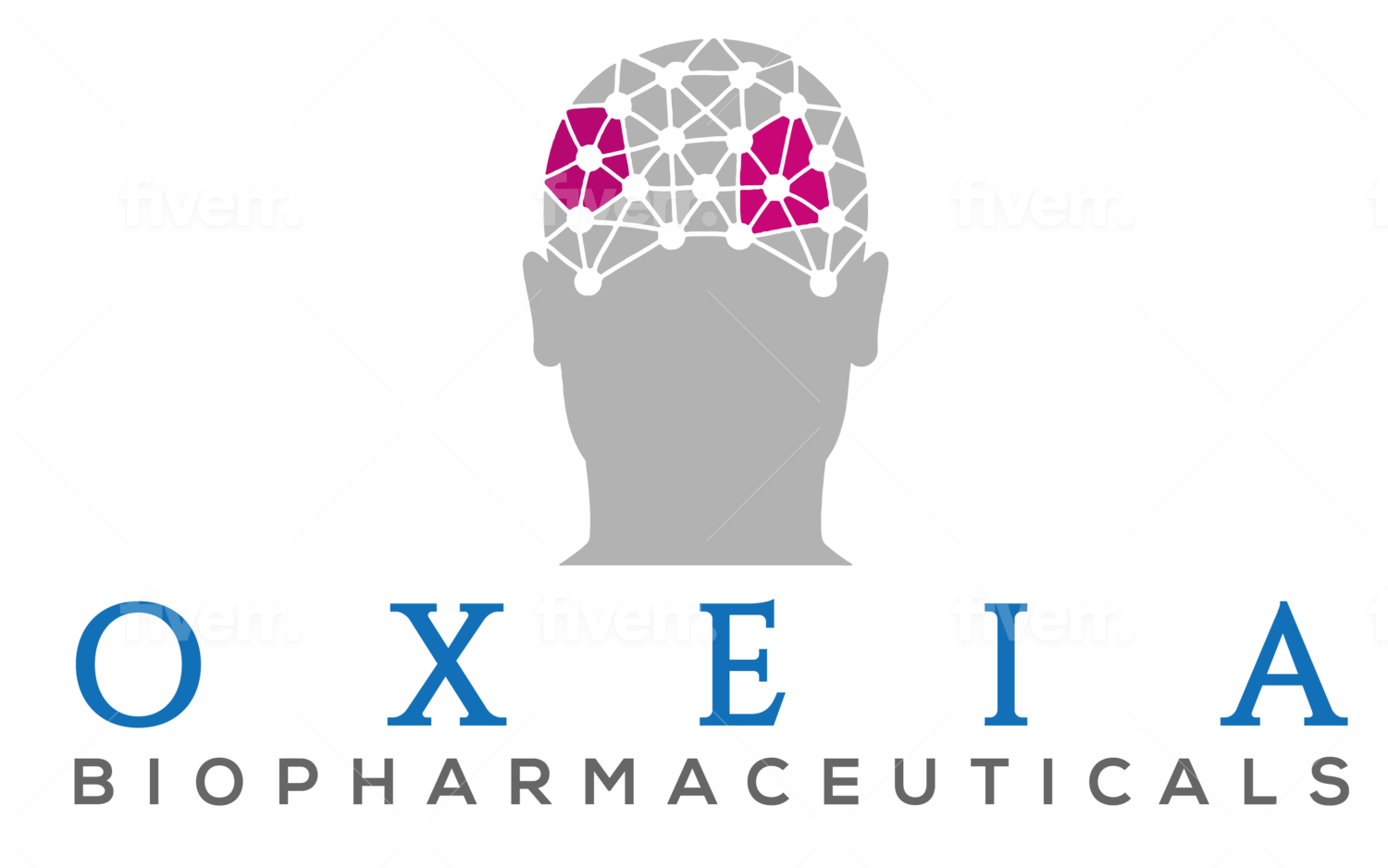Marc Moschetto
Grace’s father’s take on how concussions affect us
I have three kids – a 17-year-old daughter, book-ended by a younger and an older brother – and, like all parents, their safety is of paramount concern. This seems like a simple, straightforward statement that borders on the obvious, but when it comes to student-athletes, the lines between letting them “play through pain” and helicoptering in to say “time to sit out” blur exponentially as they get older. This is particularly true with head injuries.
As someone who was born in the 1970s, I grew up during a time when concussion awareness wasn’t even on the radar, let alone a day-to-day concern. My Dad, a great football player in his high school days, played when safety was often a secondary concern at best. So, whether I wiped out going after a foul ball a bit too aggressively or, as a catcher, had an impact protecting home plate, I would instinctively just shake off the fuzziness that would follow “getting my bell rung” on the field. It was a different time.
Today there’s significantly greater awareness of concussions and teams often have a well understood protocol for supporting athletes who sustained a head injury, yet enforcement of these protocols can be inconsistent at best. My daughter, Grace, for example, fell victim to a confluence of poor judgment, poorly enforced policies, and missed initial diagnoses.
My Daughter Takes a Bad Tumble
The Reader’s Digest version: during a gymnastics class, she was practicing a new stunt and landed on her head and neck. Her coach had her “take a break” for maybe fifteen minutes, then allowed her to get back on the mat and practice for another hour. (Click here to read more about what happened from her perspective.)
As I went in to pick her up after class, I immediately knew something was wrong. There was something off about her gait. As she made her way to the car, I could see her body was stiff and she was walking very slowly and very deliberately … a notable departure from the excited jog that was her typical pace. As she got into the car, she broke into tears. “I think I need to go to the emergency room, Daddy. I think I’m hurt.”
A million things raced through my mind. As she told me what happened, I was mad at her coach for allowing her to go back in and practice. I was upset with the gym for not notifying me. Overwhelmingly, however, I was worried about her health.
We arrived at the ER and, given her age and the potential severity of her injury, they put her into a neck brace, and we were assigned an examination room in record time. The doctor asked some questions and performed a cursory exam. After Grace’s retelling of the event, they were focused on ensuring there was no neck or spinal injury. She went off to x-ray, returned, and we were given a clean bill of health with orders to “take a week off” from gymnastics.
She was groggy, but in good spirits as we drove home. I chalked-up the grogginess to the hour – well past midnight – and that she went through something of an ordeal. We pulled into the garage, made our way upstairs, and after filling my wife in on the details that weren’t already conveyed via text throughout the night, we all retired for the night.
Things Get Worse for Grace
In the morning, she complained of a light headache, but was otherwise fine. She insisted on going to school and, against our own best judgment, we let her go. When she came home in the afternoon, she complained about photosensitivity and how hard it was to focus in class. She also said her headache got worse throughout the day. She went to bed to take a nap and later we woke her up for dinner … And, that was when we noticed a bit of a personality shift that couldn’t be chalked-up to teenage moodiness. She was different. Short-fused, irritable, and not even remotely chatty. It was a departure but, again, we chalked it up to her body recovering from injury.
Later that evening, my wife and I discussed what was going on and what we should do. The attending physician in the ER hadn’t seemed too troubled, plus her x-rays came back negative, so what was there to worry about, right? Were we just being one of “those” parents? We went back-and-forth on the best course to follow and ultimately decided we would see how she was in the morning and make a decision then.
The next day came, she claimed she felt better, and again insisted on going to school. We reluctantly let her go, but when she returned home, the same complaints of photosensitivity and confusion emerged. Only this time, Grace said it was “getting worse.” For my tough as nails, play-through-pain athlete to admit that, we knew something more substantial was going on. The doctor was called, the appointment was made, and after a quick trip to the pediatrician, she was sent to a concussive care clinic for evaluation.
The results of her evaluation were more severe than we imagined, and the treatment protocol more extreme than we were mentally prepared to hear. Her concussion was considered “moderate-to-severe” in nature. The key “tell,”, according to the doctor, was her eye movement. When testing her pursuit eye movement, there was no fluidity at all … her eyes would move in jerks and fits as she tried to track an object across her field of vision without moving her head. Evaluation also revealed balance issues, along with further evidence of the photosensitivity and general confusion that Gracie had already described.

“We noticed a bit of a personality shift that couldn’t be chalked-up to teenage moodiness. She was different. Short-fused, irritable, and not even remotely chatty. It was a departure but, again, we chalked it up to her body recovering from injury.”
Mark Moschetto

